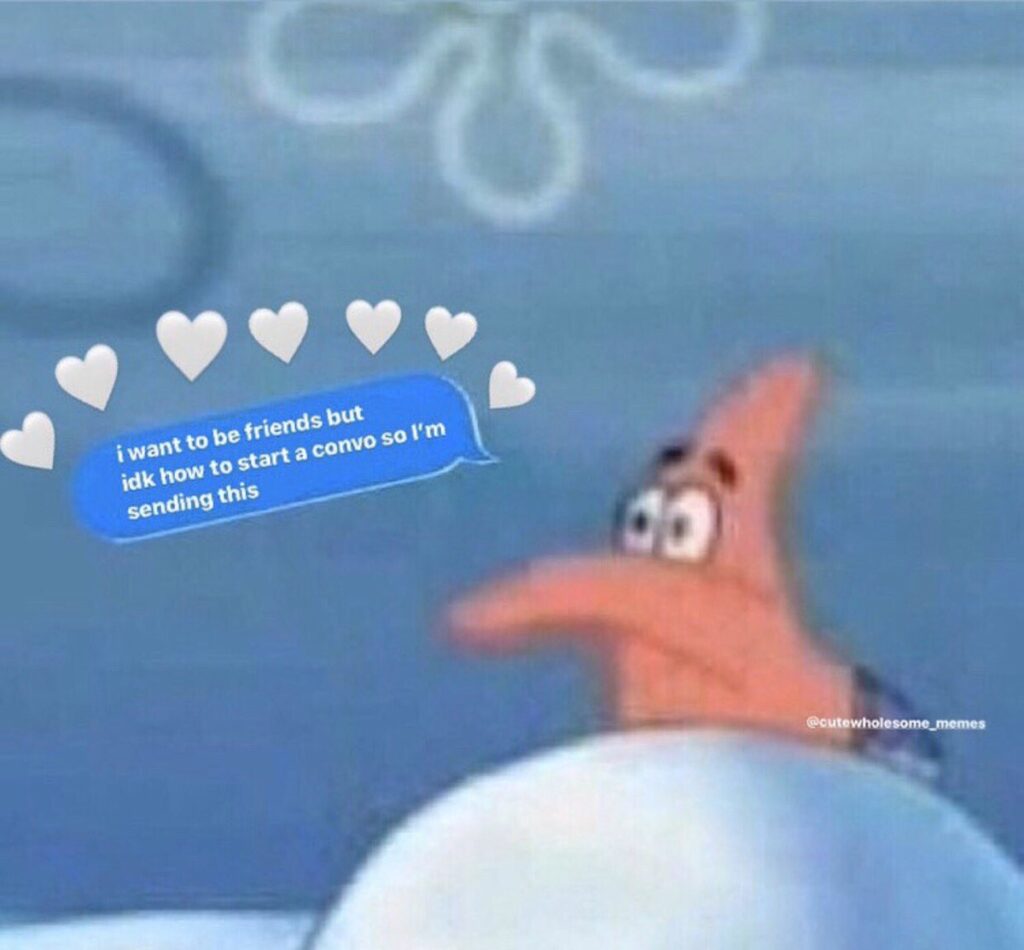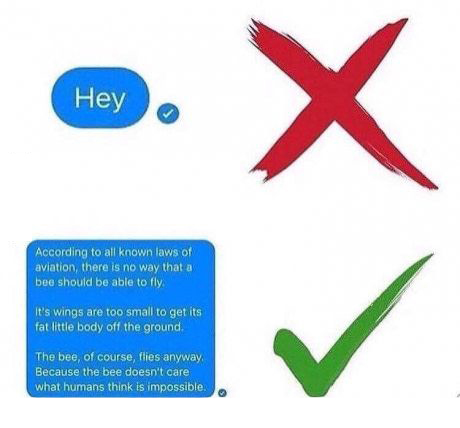Up until recently, I thought good conversations were built on asking and answering questions. If I was having conversations with someone who did not ask questions, I felt like they were not interested in getting to know me.
People who did not ask questions felt to me like they were doing conversations wrong. Sometimes, I would even advise people I liked but who are not big on questions to ask more questions, because I felt my way of making conversation was the right way and the only way to keep a conversation flowing. Looking back at that, I feel a little elitist now.
I would sometimes complain about conversations like this because they felt one-sided and more often than not just stopped when I stopped asking questions. When talking to some friends about this, I got replies that confirmed the feeling and made me feel validated. Replies like “That’s not how conversation works!” or “Are your shoulders heavy from carrying the conversation?” So, I could not be wrong about this, right? There are people who agree with me, clearly.
Turns out, that’s just because these friends, just like me, are “givers.”

Enter: The Giver vs. Taker Framework
Today, I read an essay called “Good conversations have lots of doorknobs or ‘Spiderman Is My Boyfriend’” by Adam Mastroianni. The essay talks about how conversation is a lot like improv theatre. You are working with a partner, throwing impulses at each other back and forth and building up on what the other person said. Mastroianni splits conversation partners into givers and takers, where givers are the people asking questions and takers are the ones making declarations to have a conversation.
An Example:
| Giver: | Taker: |
| “I’m thinking of going hiking this weekend, have you been out in nature lately? What do you like to do on weekends?” | “I’m going hiking this weekend. I always find it so refreshing to get out of the city. Last time, I climbed Mount Greylock and it was amazing. I’m planning to do that again.” |
| This response invites the other person in and opens the door for mutual exchange. | This focuses only on their experience without inviting the other person to contribute. |
As a giver, it is very easy to see the taker as a very self-centred, uninterested person. And honestly, I am not very happy about the naming convention here, because I feel like it implies a positive and a negative role. But for the sake of it, let’s go with the names we have.
Givers think that conversations unfold as a series of invitations; takers think conversations unfold as a series of declarations. When giver meets giver or taker meets taker, all is well. When giver meets taker, however, giver gives, taker takes, and giver gets resentful (“Why won’t he ask me a single question?”) while taker has a lovely time (“She must really think I’m interesting!”) or gets annoyed (“My job is so boring, why does she keep asking me about it?”).
From “Good conversations have lots of doorknobs or ‘Spiderman Is My Boyfriend’” by Adam Mastroianni
I now think of all the poor souls I made believe their way of communicating is fundamentally wrong and needs to be changed, rather than realizing that it is just something I need for a conversation to flow easily. A better way to approach this would have been to let them know that I personally would appreciate a question here and there because it helps me stay engaged.

Even Questions Can Shut a Door
Mastroianni, even though they consider themselves a giver, mentions how much of a dread the question “What’s up?” is, because it feels like a “Play with me! Entertain me!” kind of conversation starter. And, BOY, can I relate to that! It reminded me of all the people who send messages saying “Hi, what’s up?” or “Hey, what are you up to?” The question is so open-ended and puts so much pressure on the person being asked. I always find myself thinking, “Well, I am sitting on my computer… browsing Discord. Nothing I can reply will be interesting in any way?”
It feels a little bit like the even worse version of that: people saying just “Hi”. If you want a conversation, start conversing. Don’t put the pressure to come up with it on the person who, a minute ago, didn’t even know the conversation was going to happen.
And if this feeling is close to the way takers feel when I ask them questions, then- I am so sorry, guys!

A Little Affordance Goes a Long Way
The author states that good conversations are not based on whether the conversing parties ask questions or make statements, but rather on whether those questions and statements offer what psychologists call affordances: features of the environment that make actions possible – like the handle of a cup or a doorknob
For a conversation, that means something a partner can figuratively latch onto. Here are some examples from my everyday life:
Examples for door knobs vs no door knobs:
| ❌ Giver with no Doorknob: | ✅ Giver with a Doorknob: |
| “Do you stream on Twitch or YouTube?” | “What made you choose Twitch over YouTube for streaming, and what do you like or dislike about the platform?” |
| This question only asks for a factual answer. It doesn’t invite the other person to expand or reflect | This question opens multiple paths for the other person to take: personal story, challenges, evolution of their passion, etc. |
| ❌ Taker without a doorknob: | ✅ Taker with a doorknob: |
| “I finally got my stream overlays set up exactly how I want them.” | “I finally got my stream overlays set up exactly how I want them. It took forever to find something that matched my vibe without looking too cluttered.” |
| This is a final, polished declaration. It doesn’t hint at process, emotion, or room for others to jump in. |
So, no matter if you’re more of a Giver or a Taker, the next time a conversation stalls or feels off, try not to jump to judgment. Instead of asking yourself why isn’t this person doing it right, ask what do I need from this conversation, and have I made that clear? Recognizing that not everyone approaches conversations the same way can help you be more compassionate and maybe even get better at guiding things toward a more mutual rhythm. A small tweak, like offering a clearer “doorknob” or letting someone know what keeps you engaged, can go a long way in building better connections.

Comments are closed.